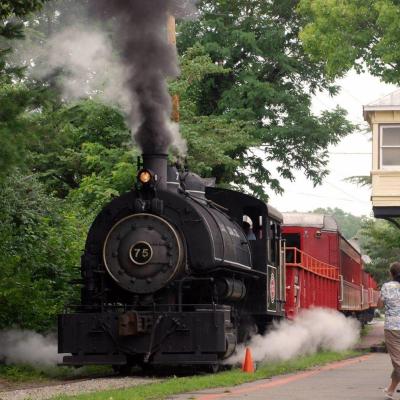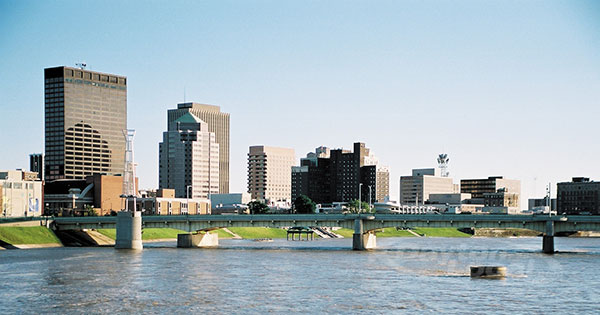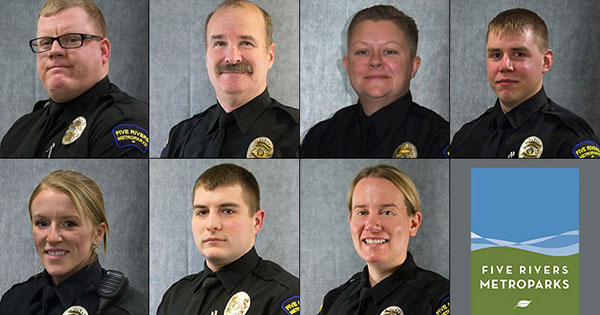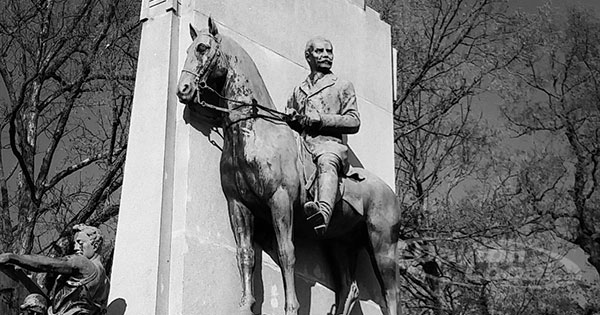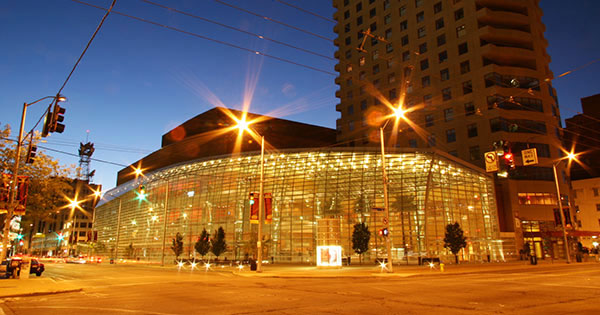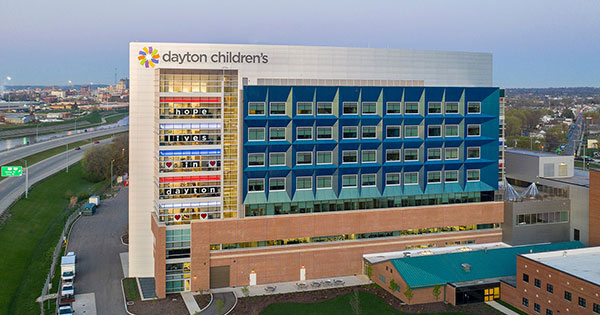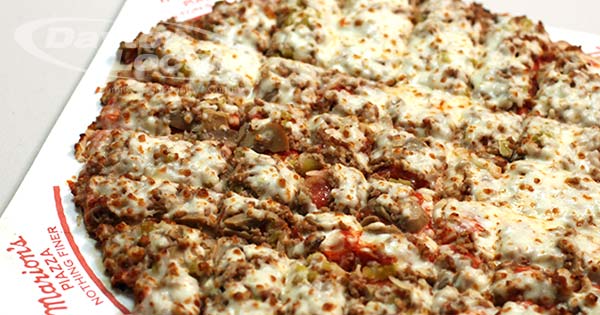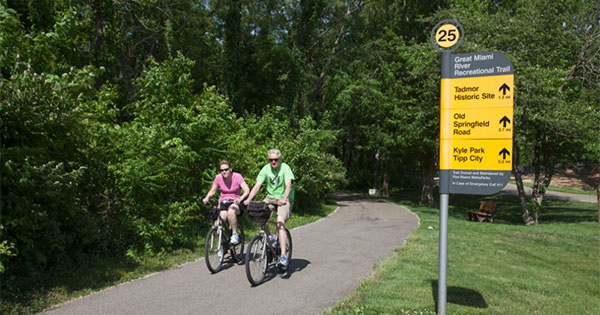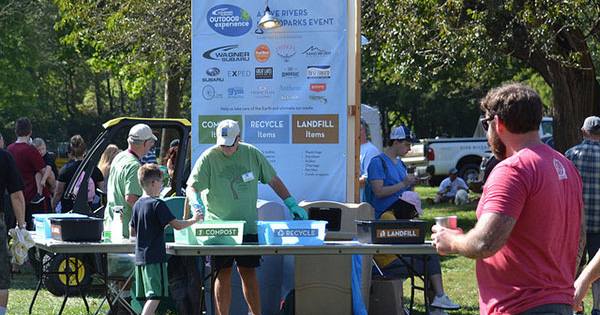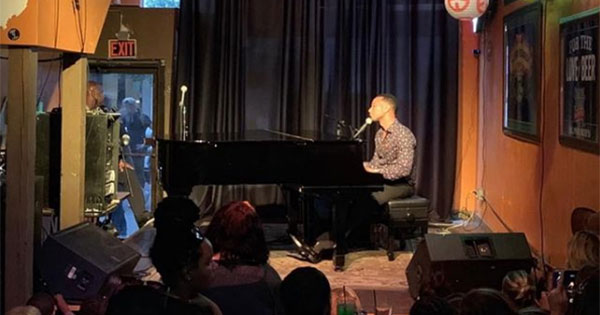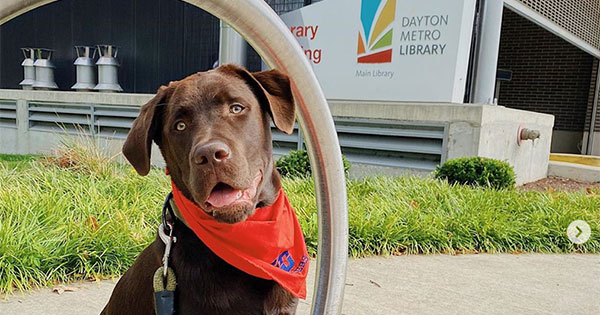Seven ways families can protect themselves from carbon monoxide poisoning
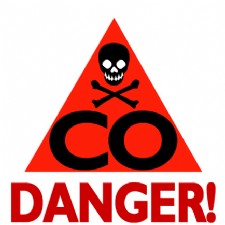
Dayton Children's and Safe Kids Greater Dayton give seven precautions against CO poisoning.
Seven ways families can protect themselves from carbon monoxide poisoning
A dangerous time of year for carbon monoxide: Dayton Children's and Safe Kids Greater Dayton give seven precautions against CO poisoning.
Carbon monoxide (CO) is an odorless, invisible gas that can build up near fuel-burning appliances such as furnaces, ovens, generators, space heaters, indoor grills and fireplaces. CO poisoning happens far more often in winter as that is the time families are most often using those appliances.
At lower levels of exposure, CO causes mild effects that are often mistaken for the flu. These symptoms include headaches, dizziness, disorientation, nausea and fatigue. "If you suspect CO poisoning, get checked right away. Dangerous levels in the patient can be detected quickly with a simple blood test," says Lisa Schwing, RN, trauma program manager at Dayton Children's. "Suspect CO poisoning when flu-like symptoms exist in more than one person in the household and symptoms seem to lessen in those who spend some time outside of the home."
More than 25 kids die from CO poisoning every year. According to a study from 2004-2006, children younger than 5 years old have the highest estimated rate of CO-related visits to the emergency room among all age groups in the United States. "Young children breathe at a faster rate than adults do, so they typically begin to suffer symptoms of CO poisoning faster," says Jessica Saunders, Safe Kids Greater Dayton coordinator and director of Dayton Children's Center for Child Health and Wellness. "They may also react at a lower level of exposure."
Just like smoke alarms, it's essential to have a carbon monoxide detector on every level of a home. "Half of all CO poisoning deaths could be prevented by CO alarms," says Saunders. "CO alarms are available at hardware stores for about $20, a small price to pay to help detect odorless, poisonous gases in the home."
Safe Kids Worldwide just released a report made possible by funding from Nationwide insurance entitled "Report to the Nation: Protecting Children in Your Home." It is based on a survey of more than 1,000 parents nationwide. It found that most parents believe the home is the safest place for their child. However, the number one cause of childhood deaths is preventable injuries, many of which happen inside a child's own home. Every day, six children die from an injury in the home.
Safe Kids and Dayton Children's offer seven precautions against CO poisoning:
- Install a CO alarm outside every sleeping area, on every level of your home and at least 15 feet away from every fuel-burning appliance.
- Check the batteries monthly (when you check your smoke alarm batteries) and replace them twice a year.
- Make sure heating appliances are in good working order and used only in well-ventilated areas.
- Have a qualified professional check all fuel burning appliances, furnaces, venting and chimney systems at least once a year.
- Never use your range or oven to help heat your home and never use a charcoal grill or hibachi in your home or garage.
- Don't run a car engine in the garage, even to warm it up. Clear exhaust pipes before starting a car or truck after it snows.
- Remember that cigarette smoke is another source of carbon monoxide.
If someone who has been in a poorly ventilated room with a fuel-burning appliance begins to feel fatigued, nauseous, drowsy or confused or complains of a headache, move the victim to fresh air and call 911. If more than one person in the home suddenly feels ill for no apparent reason, or if a CO alarm goes off, get everyone outside immediately and call 911 from a pre-arranged meeting place.




